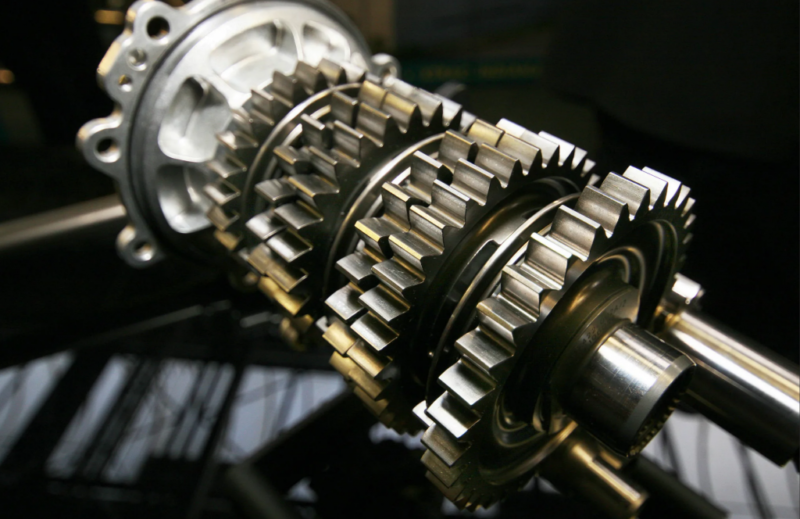2022 Subaru Outback Transmission Problems
If you own a 2022 Subaru Outback, you may be experiencing transmission problems that are causing frustration and concern. The transmission is a critical component of any vehicle, as it is responsible for transferring power from the engine to the wheels. When transmission issues arise, it can lead to a variety of symptoms and signs that indicate a problem that needs to be addressed promptly.
Common Problems
Some of the most common transmission problems that 2022 Subaru Outback owners may encounter include:
- Transmission slipping
- Delayed or rough shifting
- Leaking transmission fluid
- Strange noises coming from the transmission
- Transmission warning light illuminated on the dashboard
Symptoms and Signs

When your Subaru Outback’s transmission is experiencing issues, you may notice the following symptoms and signs:
- Difficulty shifting gears
- Burning smell coming from the transmission
- Transmission fluid leaks under the vehicle
- Slipping or jerking when accelerating
- Unusual noises such as whining or grinding
Consequences
Ignoring transmission problems in your 2022 Subaru Outback can lead to more severe consequences, including:
- Complete transmission failure
- Damage to other engine components
- Costly repairs or replacement of the transmission
- Decreased fuel efficiency
- Unsafe driving conditions
Repair Cost
The cost of repairing transmission problems in a 2022 Subaru Outback can vary depending on the extent of the damage and the specific repairs needed. On average, you can expect to pay anywhere from $1500 to $4000 for transmission repairs. However, if the transmission needs to be replaced entirely, the cost can exceed $5000.
| Transmission Trouble | Repair Cost |
|---|---|
| Transmission fluid leak | $150-$400 |
| Transmission slipping | $1500-$2500 |
| Complete transmission replacement | $5000+ |
It’s essential to address transmission problems in your 2022 Subaru Outback as soon as they arise to prevent further damage and costly repairs. If you notice any of the symptoms mentioned above, it’s best to take your vehicle to a qualified mechanic for a thorough inspection and diagnosis.
